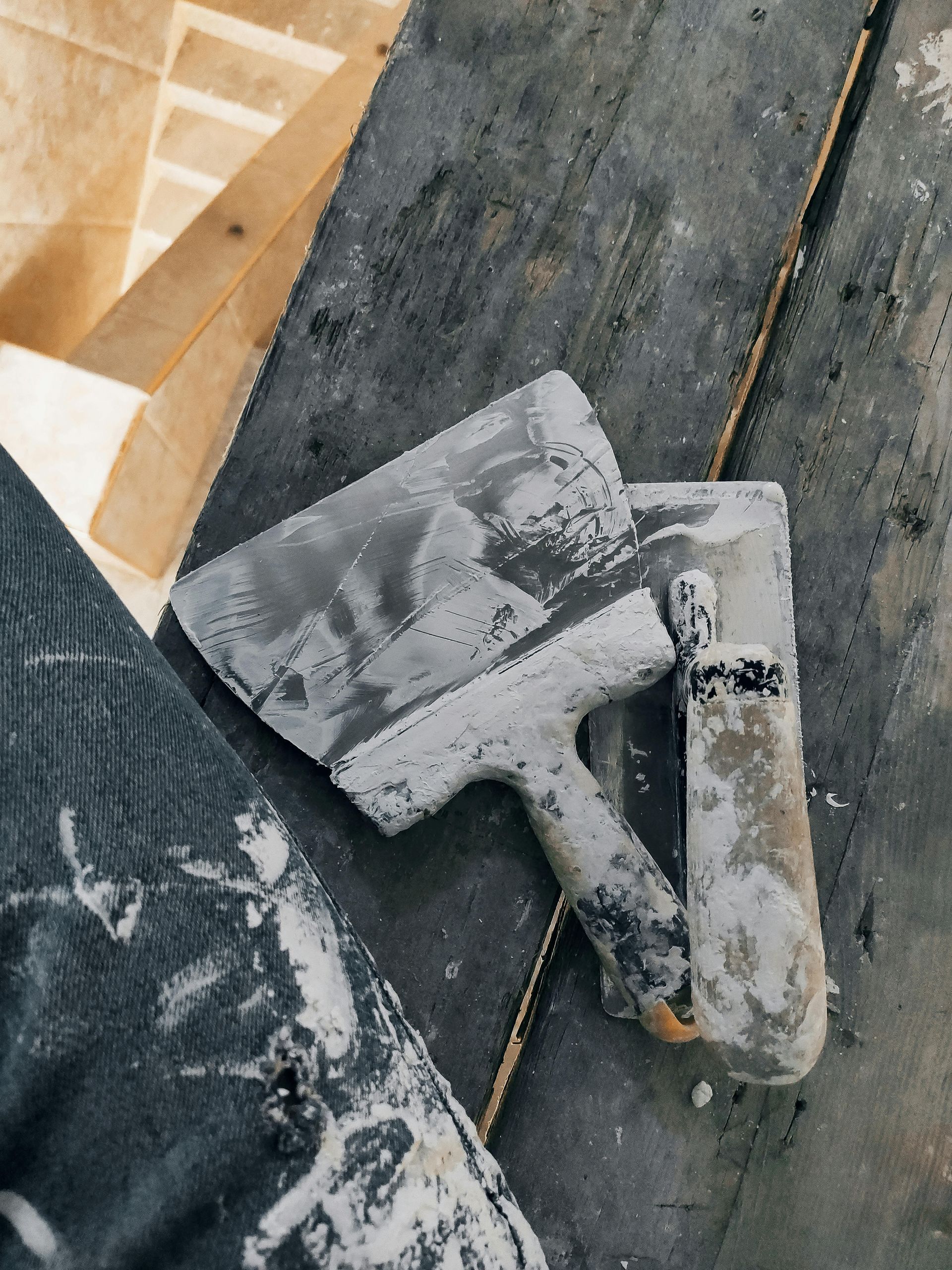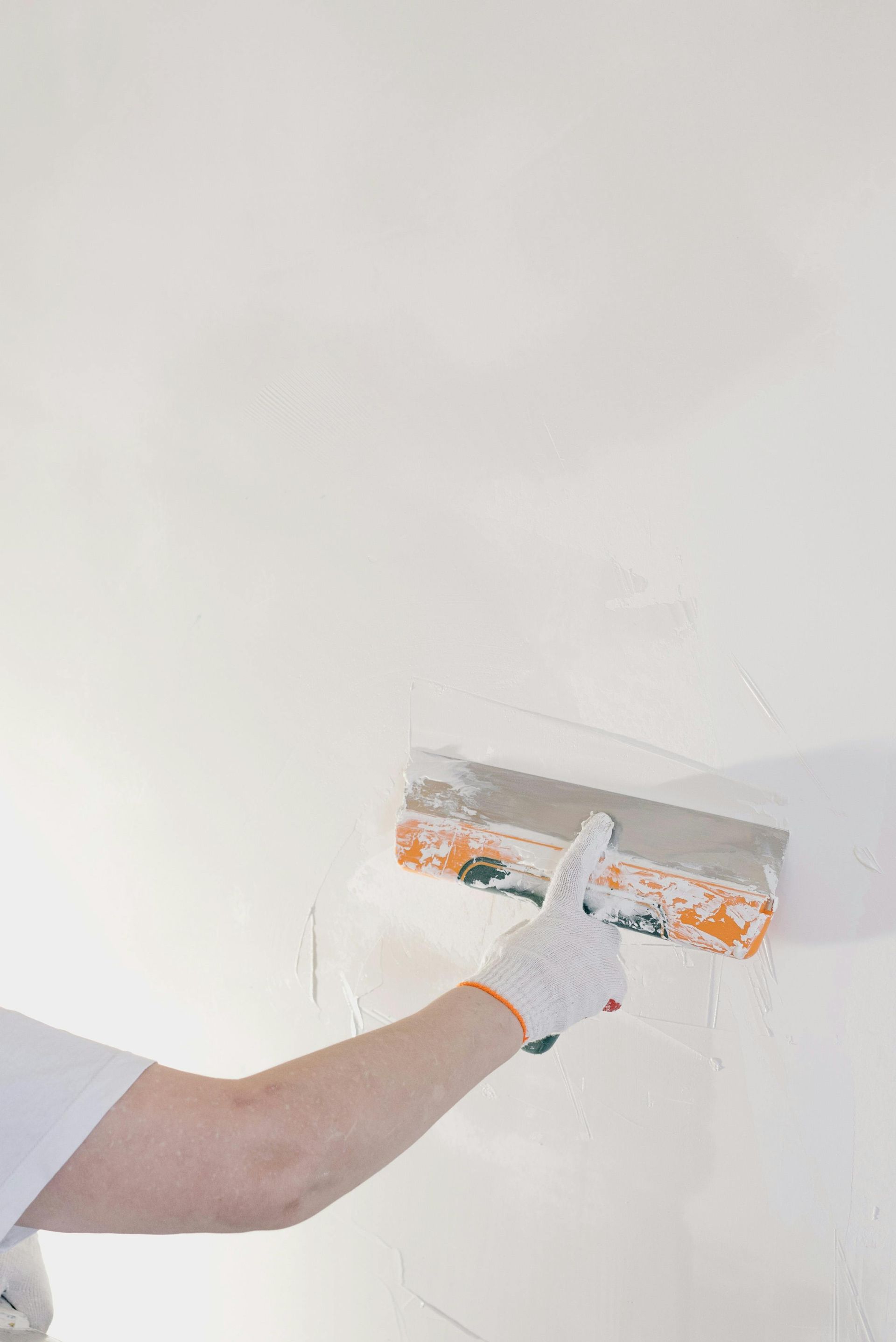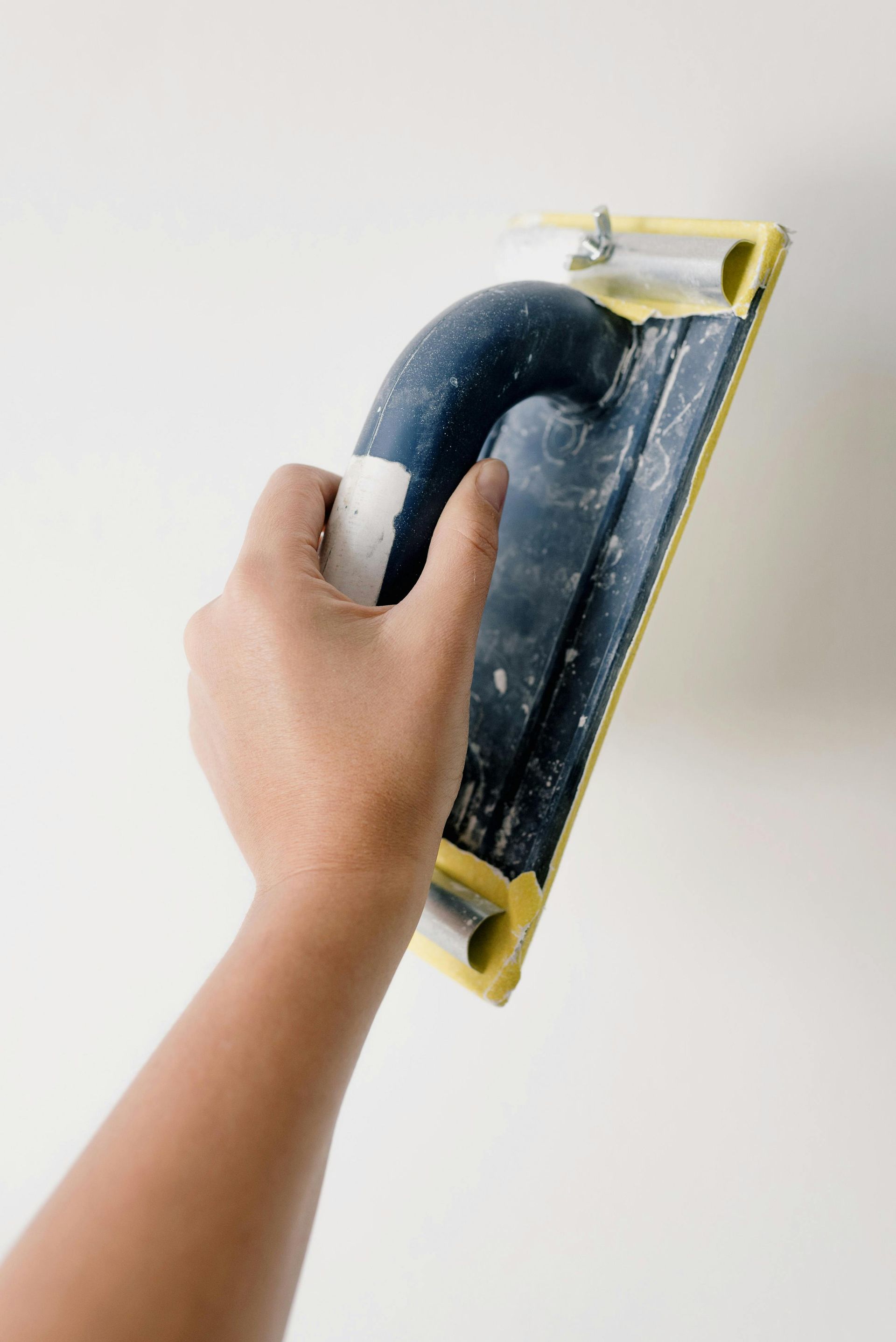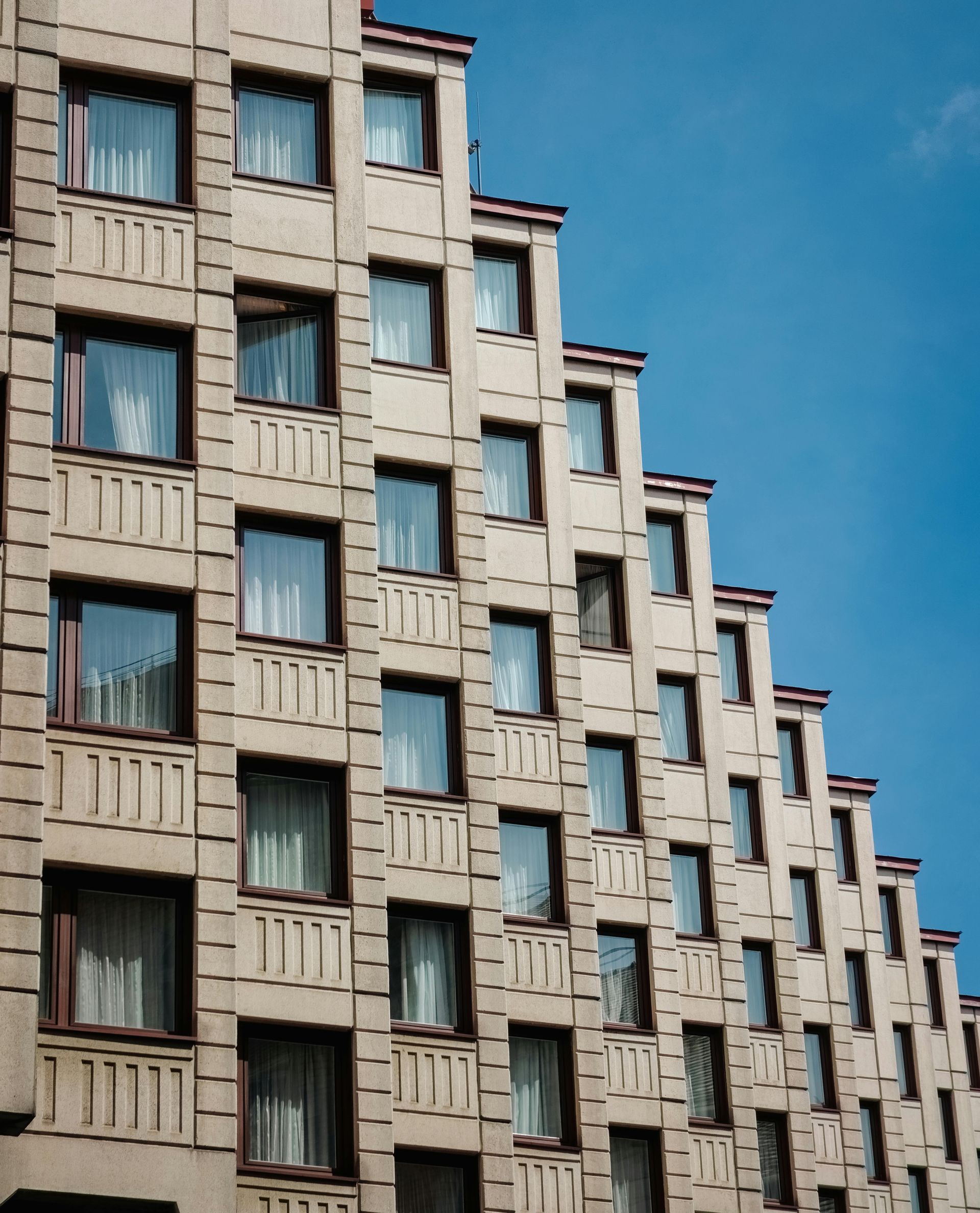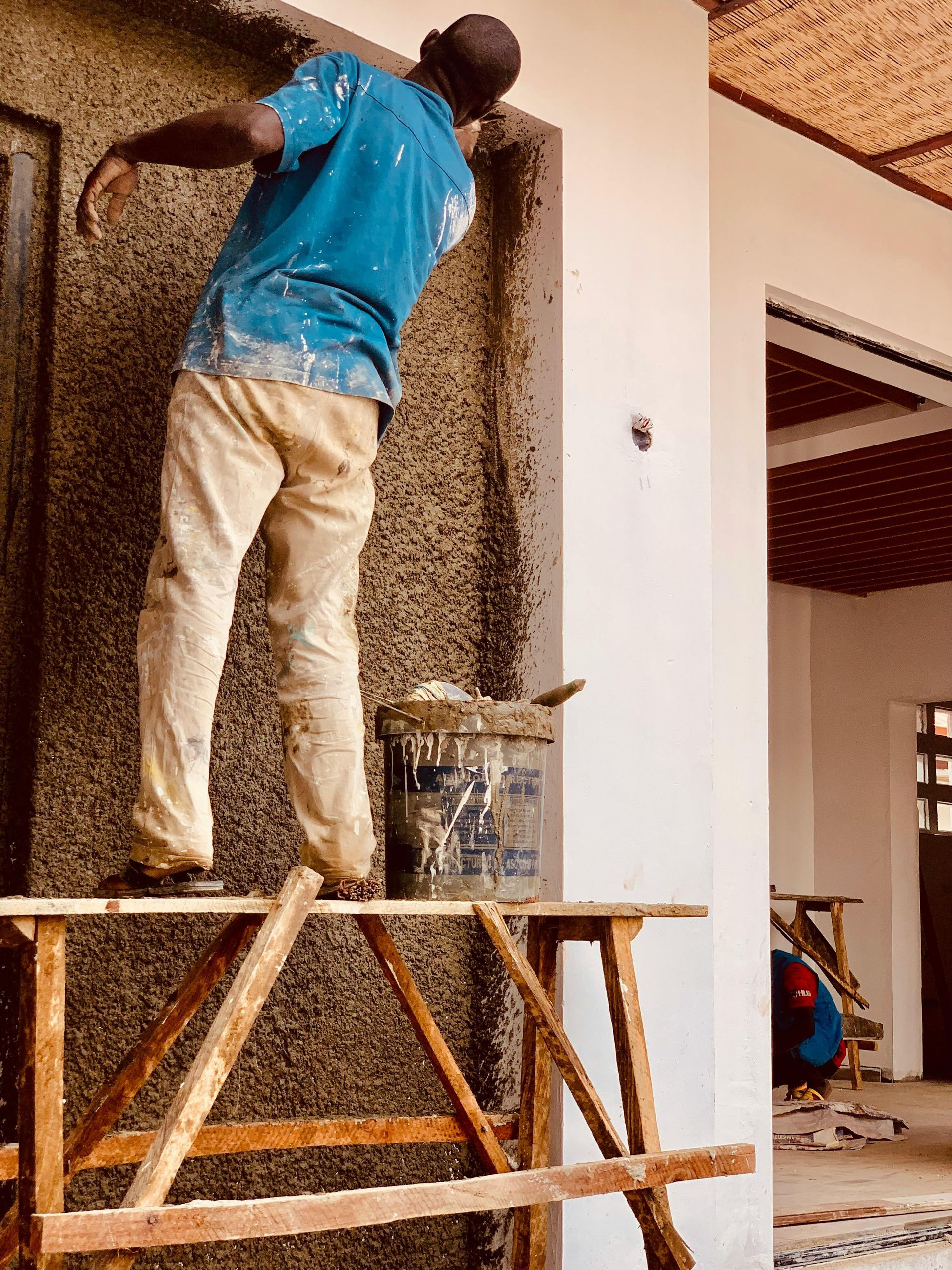Why You Can’t Use Residential Plaster for Commercial Buildings
Plaster may look like a simple wall finish, but in construction, it’s far more than cosmetic. It impacts safety, durability, compliance, and long-term performance. One of the biggest mistakes property owners or developers can make is assuming that plaster designed for homes can work just as well in offices, hospitals, schools, or retail spaces.
Here’s the truth: residential plaster isn’t built for commercial demands. Using it in the wrong environment can lead to serious problems ranging from costly repairs to safety violations. Let’s break down why you can’t (and shouldn’t) use residential plaster for commercial buildings.
1. Different Purposes = Different Standards
The biggest difference lies in intent.
- Residential plaster is designed for comfort, beauty, and personal expression. It makes a home warm, stylish, and inviting.
- Commercial plaster is designed for scale, performance, and safety. It must withstand heavy use, meet strict regulations, and perform in spaces where hundreds or even thousands of people pass through daily.
Homes prioritize aesthetics, while commercial spaces prioritize durability and compliance.
2. Durability Under Pressure
Imagine the difference between a quiet suburban living room and the busy hallways of a hospital or university.
- Residential plaster: Perfect for low-traffic spaces. It can last for decades in a home where walls are only exposed to family life, pets, and occasional repairs.
- Commercial plaster: Engineered to handle constant wear and tear from rolling carts in hotels to office chairs scraping walls, to daily cleaning with strong disinfectants.
Using residential-grade plaster in these conditions will cause cracking, chipping, and deterioration far sooner than expected.
3. Building Codes and Safety Compliance
This is where the line between residential and commercial plaster becomes non-negotiable.
- Residential plaster needs to meet basic structural and safety standards, but codes are far more lenient.
- Commercial plaster must comply with rigorous codes involving:
- Fire resistance (many commercial plaster products are fire-rated).
- Acoustic performance (important in schools, offices, and theaters).
- Seismic resistance (critical in earthquake-prone regions like the Bay Area).
- ADA compliance for accessibility.
If you use residential plaster in a commercial setting, your project could fail inspections, face legal penalties, or delay occupancy.
4. Scale of Application
A single-family home may only require plastering a few rooms or walls. Commercial buildings, on the other hand, can involve entire complexes, office towers, or multi-floor facilities.
- Residential plaster is applied with craftsmanship in small, detail-oriented projects.
- Commercial plastering requires teams of skilled contractors, specialized equipment, and advanced systems to cover large areas efficiently while ensuring structural integrity.
What works on a living room wall won’t cut it across 10,000 square feet of hospital corridors.
5. Maintenance & Longevity
- Residential plaster: Can be touched up easily. If a child scribbles on the wall, you repaint or patch it.
- Commercial plaster: Needs to hold up for years without major issues. Frequent patching isn’t an option; it disrupts business operations and increases long-term costs.
Commercial-grade plaster is built to be low-maintenance and resistant to damage. Residential plaster simply isn’t made with the same resilience.
6. Cost vs. Value
At first glance, residential plaster may seem cheaper. But in commercial settings, that “savings” disappears quickly.
- Residential plaster in commercial use = frequent repairs, faster deterioration, higher maintenance costs.
- Commercial plaster in commercial use = higher upfront investment, but longer lifespan, fewer repairs, and compliance with codes.
Cutting corners upfront almost always costs more later.
7. Real-World Bay Area Scenarios
- Scenario 1 – The Office Building:
A start-up renovates an office in San Jose and uses residential plaster finishes to save money. Within six months, walls in high-traffic areas show scratches, chips, and cracks. They now face costly rework and disruption to their growing team. - Scenario 2 – The Hotel:
A boutique hotel in San Francisco opts for commercial-grade plaster. The walls withstand luggage carts, daily cleanings, and heavy guest turnover still looking fresh years later. Their investment pays off in brand reputation and reduced maintenance costs. - Scenario 3 – The School:
A Palo Alto private school uses residential plaster in classrooms. The finish fails inspection due to fire-resistance requirements, delaying the school’s opening and adding unexpected expenses.
8. Design Flexibility: Can’t You Just Make Residential Plaster “Stronger”?
Some might wonder if they can “upgrade” residential plaster with stronger finishes or protective coatings. While you can make it look similar, the composition, installation methods, and compliance standards are still fundamentally different.
Commercial plaster isn’t just “thicker” or “tougher.” It’s engineered and tested for commercial safety and durability needs. No shortcuts.
9. When Residential Plaster Is Appropriate
Residential plaster has its place it’s perfect for:
- Custom finishes in luxury homes.
- Decorative details like Venetian plaster accent walls.
- Smaller-scale projects where personalization matters more than durability.
Just don’t confuse it with a commercial solution.
Final Thoughts
Residential and commercial plaster might look similar, but they’re built for entirely different environments. Using the wrong type is more than a cosmetic issue; it's a safety, compliance, and cost issue.
To recap:
- Residential plaster = beauty, customization, comfort.
- Commercial plaster = durability, compliance, large-scale efficiency.
At Commercial Plastering Inc., we’ve seen what happens when residential materials are used in the wrong setting and we’ve helped countless Bay Area property managers and developers avoid those pitfalls. If you’re planning a commercial project, the safest bet is to choose materials and experts who understand the demands of your building.
Don’t risk your investment. Talk to a commercial plastering expert before you commit to the wrong solution.



